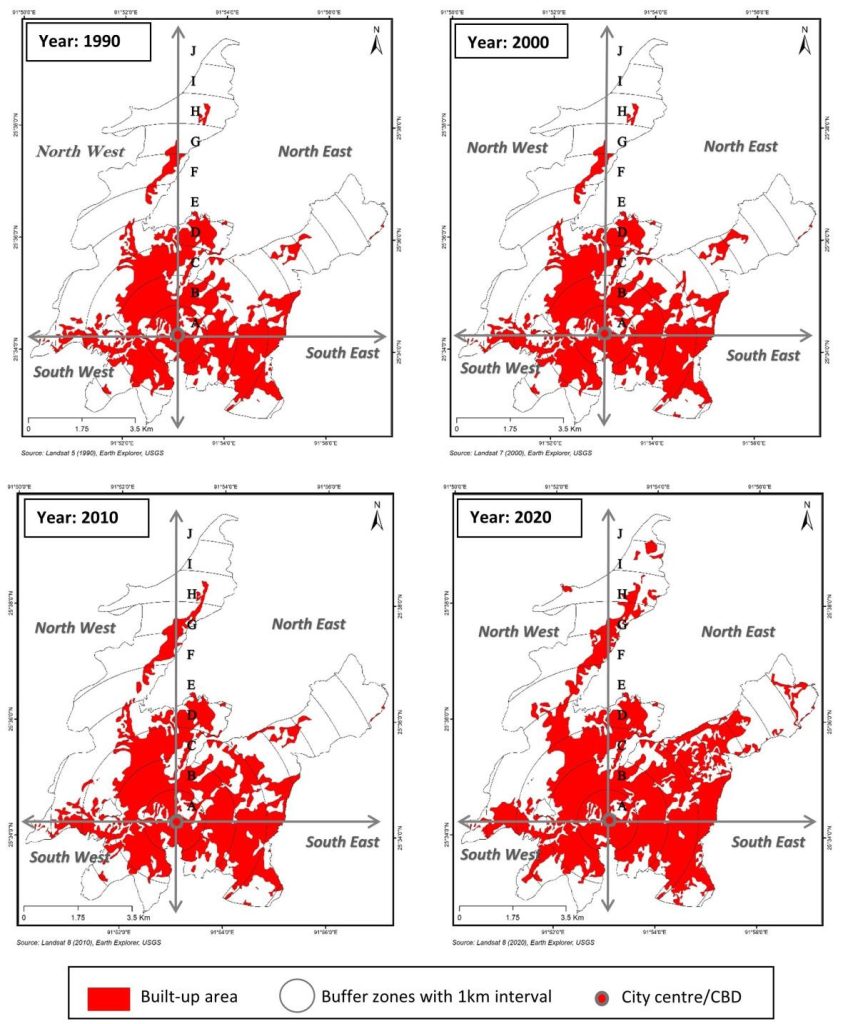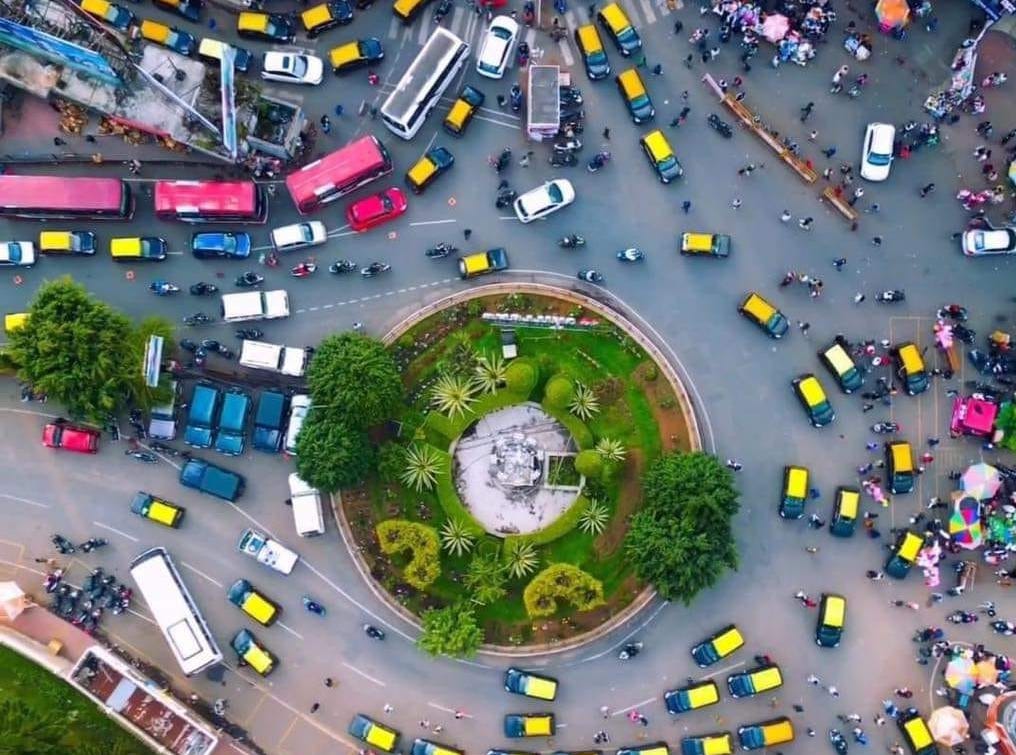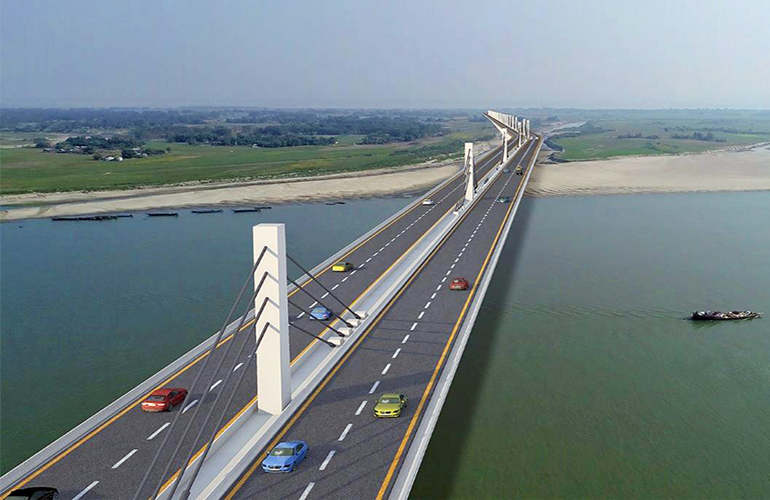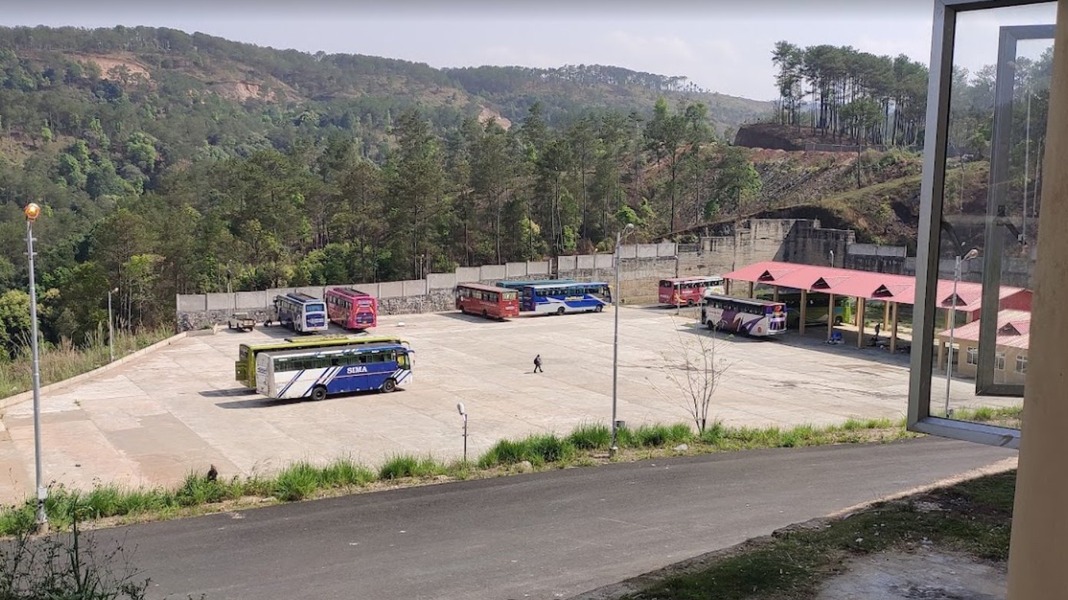ROOPAK GOSWAMI
Shillong, Jan 8: Shillong, the capital of Meghalaya and one of India’s iconic hill stations, is under immense strain from rapid and unregulated urban growth, according to a recent study by researchers at North Eastern Hill University. Once envisioned by the British as a tranquil retreat, the city’s unchecked expansion now threatens its ecological balance and urban livability.
Established in 1864 as a British sanatorium for fewer than 10,000 residents, Shillong has witnessed dramatic growth. The Shillong Urban Agglomeration (SUA) now spans over 60 square kilometers and houses more than 350,000 people. Peripheral Khasi villages have been absorbed into the urban landscape, often without adequate planning, underscoring the extent of the city’s transformation.
Urban sprawl refers to the unplanned, uncontrolled expansion of urban areas into the surrounding rural or natural lands.
The study, part of F. Phibawanlang Kharpran’s Ph.D. research under the supervision of Subrata Purkayastha, utilized remote sensing, GIS tools, and Shannon entropy analysis to map urban sprawl between 1991 and 2021. Published in Acta Geographica Debrecina, it highlights alarming patterns of expansion, particularly in the northeast, fueled by population spillover and projects like New Shillong Township.

The research identifies two dominant growth patterns:
- Linear Growth: Settlements stretching outward in ribbon-like patterns along NH-40, connecting Shillong to Guwahati.
- Frog-Leap Development: Scattered constructions interspersed with undeveloped land, particularly in Mawpat and the westward Mawlai area.
The northeast zone recorded a Shannon entropy value of 2.06 in 2021( out of the highest computed value of 2.30) indicating highly dispersed and unregulated development. “Built-up areas are leaping over undeveloped lands, such as forest cover, agricultural fields, and wastelands, especially in the northeast zone. This interspersed development is fragmenting the city’s ecological landscape,” the study notes.
The unplanned expansion is causing severe environmental degradation:
- Soil Erosion and Deforestation: Construction on slopes triggers landslides and accelerates deforestation.
- Urban Flooding: Poor drainage systems exacerbate waterlogging during rains.
- Traffic Congestion: Terrain constraints and tribal land laws under the Sixth Schedule prevent road widening, worsening bottlenecks.
- Forest Encroachment: Ecologically sensitive zones, particularly in the south, face increasing pressure from urban encroachment.
Traditional Khasi villages incorporated into the SUA lack basic infrastructure, reflecting chaotic urbanization. These areas struggle to transition from rural to urban settings without adequate planning or resources.
Ironically, New Shillong Township, intended to decongest the city center, has intensified development in environmentally sensitive zones. Peripheral census towns remain underdeveloped, highlighting the absence of a cohesive urban strategy.
The study emphasizes the urgent need for sustainable planning to curb Shillong’s urban sprawl. It recommends:
- Restricting construction in ecologically fragile areas.
- Developing efficient public transport and waste management systems.
- Promoting collaboration among planners, policymakers, and local communities for context-specific solutions.
The findings echo the Niti Aayog’s 2021 report, which stressed integrated urban planning for Shillong’s unique challenges. Periodic feedback mechanisms are also suggested to adapt and refine development strategies.
Shillong’s evolution from a colonial retreat to a bustling urban hub mirrors broader trends in India’s hill cities. However, this growth has come at a steep ecological cost. Without urgent intervention, Shillong risks becoming a cautionary tale of how unregulated urbanization can overwhelm a fragile environment.




